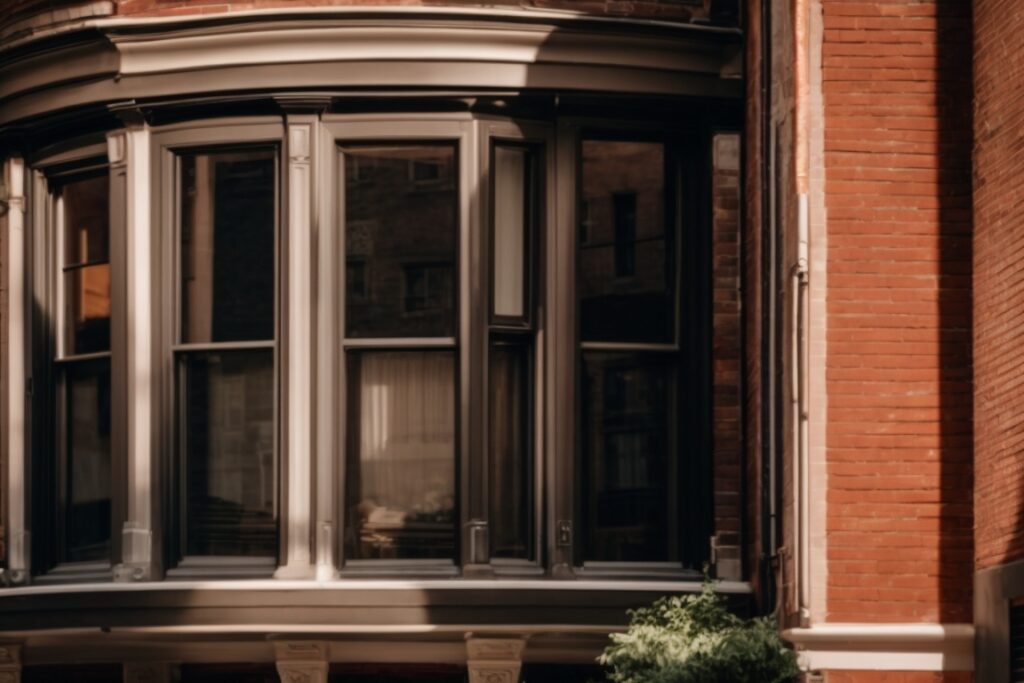
Unveiling the Secret to a More Comfortable Chicago Home
Chicago, known for its stunning architecture and vibrant city life, also poses unique challenges for homeowners looking to maintain comfort and efficiency in their homes. Amidst the city’s charm, the issue of managing sunlight and heat through windows often goes unnoticed. However, the installation of residential window film in Chicago is emerging as a game-changer, offering a solution that enhances the homestead atmosphere while tackling the discomfort of heat and glare from the sun. This innovative approach not only preserves the aesthetic appeal of Chicago homes but also significantly improves livability.
The need for residential window film in Chicago stems from the city’s vast temperature variations and the abundance of natural light that, while beautiful, can make indoor spaces uncomfortably warm and lead to increased energy bills. Many homeowners remain unaware of the impact that untreated windows can have on their home’s temperature, comfort levels, and even their carbon footprint. By addressing the issue of solar heat gain through windows, residential window film offers a practical solution that caters to the unique needs of Chicago residents, enhancing their home’s energy efficiency and overall comfort.
As we become more aware of the role our homes play in our daily comfort and environmental responsibility, the conversation around residential window film is gaining traction. For Chicago homeowners interested in maintaining their home’s charm while improving comfort and efficiency, exploring the benefits of window film installation could be the key to unlocking a more pleasant and sustainable living environment. The significance of this solution in the context of Chicago’s architectural beauty and climate challenges marks a critical step towards enhancing the homestead experience in the city.
The Rising Challenge of Maintaining Chicago’s Architectural Elegance
Chicago is renowned for its architecturally significant homes, which contribute to the unique charm and heritage of the city. However, the primary issue homeowners face is maintaining this charm while ensuring their homes are energy-efficient and comfortable. Traditional window solutions often fail to meet the modern demands for energy conservation, leading to exorbitant heating and cooling bills, and UV damage to interiors. This introduces the need for a more innovative solution to balance aesthetic appeal with functional living requirements.
Residential window film installation emerges as a promising solution, addressing the dual need to preserve Chicago’s architectural beauty and enhance home energy efficiency. Despite the clear advantages, many homeowners remain unaware of this option, continuing to grapple with high utility bills and sun-related damage. The gap in awareness and adoption of residential window film signals a need for a deeper understanding of its benefits, particularly in a city that prides itself on both its historical roots and its progressive outlook towards sustainability.
Surprising Facts About Residential Window Film
Chicago’s picturesque vistas and abundant sunlight also come with lesser-known challenges for homeowners, highlighted by surprising statistics related to residential window film. A study indicates that without protective window film, Chicago homes can lose up to 30% of their heat during winter and gain an unwanted 87% of heat in the summer through windows alone. This thermal inefficiency not only leads to uncomfortable living conditions but significantly increases energy costs. Furthermore, UV exposure through untreated residential windows can lead to a 40% faster fading of interior furnishings. These startling facts present a compelling case for the adoption of residential window film as an effective countermeasure.
The Problem with Inadequate Windows in Chicago Homes
Residents of Chicago face a particular challenge that often goes unnoticed until it becomes a pressing issue — inadequate window film insulation in their homes. This problem might seem minor at first glance but has far-reaching implications for homeowners in the “Windy City.” The unique climatic conditions of Chicago, characterized by its freezing winters and hot, humid summers, emphasize the need for proper window films more than anywhere else.
Without the right residential window film, Chicago homes can become energy vampires, leaking precious heat during the winter months and allowing in excessive heat during the summer. This not only leads to uncomfortable living conditions but also skyrockets energy bills as HVAC systems work overtime to maintain a comfortable indoor environment. It’s a double-edged sword; residents endure the discomfort of temperature fluctuations while also bearing the financial burden of increased energy consumption.
Moreover, the absence of quality window film can expose residents and their belongings to harmful UV rays, leading to health risks and the fading of furniture, floors, and artworks. The charm and aesthetics of Chicago homes are compromised, undermining the homestead’s value and appeal. This issue transcends mere discomfort; it speaks to health risks, financial losses, and decreased property value, making it a problematic scenario for any resident.
The significance of this problem cannot be understated. In a city that prides itself on architectural beauty and efficiency, overlooking the importance of residential window film not only detracts from Chicago’s charm but hits homeowners where it hurts the most — their well-being and wallets.
Understanding the Problem: The Urban Heat Island Effect
The charm of Chicago’s diverse architecture is undeniable, yet it masks a growing concern among its residents—the relentless amplification of the urban heat island effect. This phenomenon is not just a matter of discomfort; it represents a significant problem for homeowners, particularly in the residential neighborhoods sprawling across Chicago. The core issue lies in the absorption and retention of heat by buildings and infrastructure, leading to increased temperatures within homes.
The urban heat island effect elevates indoor temperatures, putting a strain on air conditioning systems and driving up energy bills. Moreover, the extended exposure to increased temperatures can accelerate the deterioration of residential structures and even affect the well-being of the inhabitants by reducing indoor air quality. The problem is further compounded by the impact on privacy and fading of interior furnishings due to the intensified sunlight. Window film installation emerges as a practical solution to mitigate these challenges by reflecting solar heat, yet many homeowners remain unaware of its benefits, leaving their properties vulnerable to the relentless Chicago heat.
Transforming Chicago Homes with Residential Window Film
In Chicago’s bustling neighborhoods, the Johnson family decided to install residential window film in their century-old brownstone. Prior to the installation, they struggled with excessive heat and fading furniture due to the harsh sunlight pouring through their large, street-facing windows. Post installation, not only did the window film significantly reduce their cooling costs by blocking out UV rays, but it also preserved the integrity of their interior furnishings, preventing them from fading. This real-life example underscores the dual benefits of comfort and cost-effectiveness that window film offers, making it an essential upgrade for Chicago homes.
The Consequences of Ignoring Window Film
Choosing to overlook the installation of residential window film in Chicago homes is akin to turning a blind eye to the preservation and enhancement of your living space. Ignoring this crucial update can lead to a series of adverse effects that extend beyond mere aesthetic downgrades. In a city that experiences a wide range of weather conditions, from blistering summers to frigid winters, the absence of window film can significantly impact both your comfort and wallet.
Without the protective layer offered by quality window film, your home is more susceptible to harmful UV rays that can fade furniture, damage interiors, and increase thermal heat, leading to higher cooling costs. The lack of this protective barrier means your energy bills may skyrocket, particularly during those peak summer months when the sun is relentless. Moreover, the additional strain on your cooling systems to keep the indoor temperature comfortable can lead to premature wear and tear, necessitating costly repairs or replacements down the line.
Ignoring the installation of residential window film in Chicago homes doesn’t just lead to increased energy consumption and potential damage to personal belongings. It also neglects the enhancement of privacy and security that window films provide. In a bustling city, preserving the privacy of one’s home without compromising on natural light can significantly enhance the living experience. Thus, the decision to bypass this addition is not without its series of consequential drawbacks.
Economic Impact of Ignoring Residential Window Film in Chicago
For homeowners in Chicago, neglecting the installation of residential window film can have significant economic repercussions. Without this protective film, windows are more susceptible to damage from the city’s unpredictable weather, leading to more frequent and costly repairs. Additionally, the absence of window film can result in higher energy bills due to less efficient temperature regulation within the home. Over time, these increased costs can substantially impact a homeowner’s financial stability, making the investment in residential window film an economically sound decision.
Why Residential Window Film is Ideal for Chicago Homes
Chicago’s charm isn’t just in its architecture and vibrant community but also in its dynamic weather patterns. However, this can pose unique challenges for homeowners, particularly when it comes to managing indoor climate, privacy, and protecting interiors from sun damage. Residential window film emerges as an effective solution to these common concerns faced by Chicago residents.
With the installation of residential window film, homeowners in Chicago can enjoy a host of benefits that directly address these issues. Firstly, window films offer outstanding thermal insulation. Throughout Chicago’s harsh winters and humid summers, window films maintain a comfortable indoor environment by minimizing heat loss and reducing solar heat gain. This not only ensures a pleasant living space but also leads to significant savings on energy bills, making residential window film a sound investment for the savvy Chicago homeowner.
Additionally, the privacy and aesthetic appeal that window films provide cannot be understated. They allow natural light to illuminate home interiors while obscuring the view from outside, ensuring privacy without the need for heavy drapes or blinds. Furthermore, they protect your home’s interior from the damaging effects of UV rays, which can fade furniture, floors, and artwork over time. This protective feature extends the life of your valuable home interiors, ensuring they remain vibrant and new for years to come.
Residential window film stands out as an essential addition for anyone looking to enhance their home’s comfort, efficiency, and overall appeal in Chicago’s unique climate. It’s not just about solving the immediate concerns; it’s about investing in a solution that brings long-term benefits, making homes more enjoyable and cost-effective to live in.
Residential Window Film in Chicago Homes
Residential window film emerges as a stellar solution for homeowners in Chicago, perfectly blending aesthetics with functionality to tackle the unique challenges presented by the city’s climate. This innovative product is designed to solve problems such as excessive sunlight, heat gain, and privacy issues, which are prevalent in urban homesteads.
The installation of residential window film on Chicago properties significantly reduces the amount of UV and infrared light entering the home. This reduction not only guards against the fading of interior furnishings but also contributes to a more stable and comfortable indoor temperature, cutting down on energy costs. Furthermore, window films can bolster privacy and security, offering peace of mind to homeowners without sacrificing natural light or views.
Not only does residential window film address these functional concerns, but it also adds to the aesthetic charm of Chicago homes. Available in a variety of styles and tints, homeowners can choose a film that complements the architectural beauty of their residences, enhancing curb appeal while reaping the benefits of a practical home improvement solution.
Benefits and Features: Residential Window Film in Chicago
Installing residential window film in Chicago homes offers a variety of benefits and features that enhance living spaces effectively. Firstly, it significantly reduces glare and harmful UV rays, protecting interiors and residents from sun damage and contributing to a more comfortable indoor environment. Moreover, window films improve energy efficiency by maintaining consistent indoor temperatures, which can lead to lower heating and cooling costs. They also add an extra layer of privacy and security, deterring potential intruders by obscuring inside view. Lastly, these films are customizable, allowing homeowners to choose from various styles and tints to complement their home’s aesthetics.
Success Stories: Enhancing Chicago Charm with Residential Window Film
Right in the bustling neighborhoods of Chicago, residential window film installations have been turning heads and uplifting homes. Take the case of the Peterson family in Lincoln Park who decided to integrate window film into their classic brick townhouse. Dealing with the intense Midwest sun and concerns over privacy, they were amazed by how the window film not only reduced glare and heat inside their home but also added an extra layer of security and aesthetic appeal to their property. Mrs. Peterson happily reports, “Our home feels cooler, and our energy bill has noticeably decreased. Plus, the added privacy without sacrificing natural light is just perfect!”
Another testimonial comes from the Jacksons in the Gold Coast area, who were searching for a solution to protect their art collection from sun damage without darkening their vibrant living spaces. After installing residential window film, they observed a significant reduction in UV exposure, effectively preserving the colors and integrity of their artwork. Mr. Jackson enthusiastically shares, “It’s like we’ve given our home and art a new life. The film installation was quick, non-intrusive, and the benefits were immediate. We couldn’t be happier with our decision.” These success stories from Chicago homeowners illustrate the multifaceted benefits of residential window film, from energy savings and UV protection to privacy and enhanced aesthetics.
Revitalizing Vintage Chicago Homes with Residential Window Film
In Chicago, the Smith family decided to install residential window film in their classic brick home. This change not only preserved the original charm of their home but significantly reduced their energy bills. After one of Chicago’s notoriously sweltering summers, the Smiths noticed their interiors remained cool and comfortable without heavy reliance on air conditioning. Their success story is a testament to how residential window film can enhance comfort and energy efficiency in Chicago homes. Are you ready to transform your home while saving on energy costs? Contact us today to learn more about residential window film!

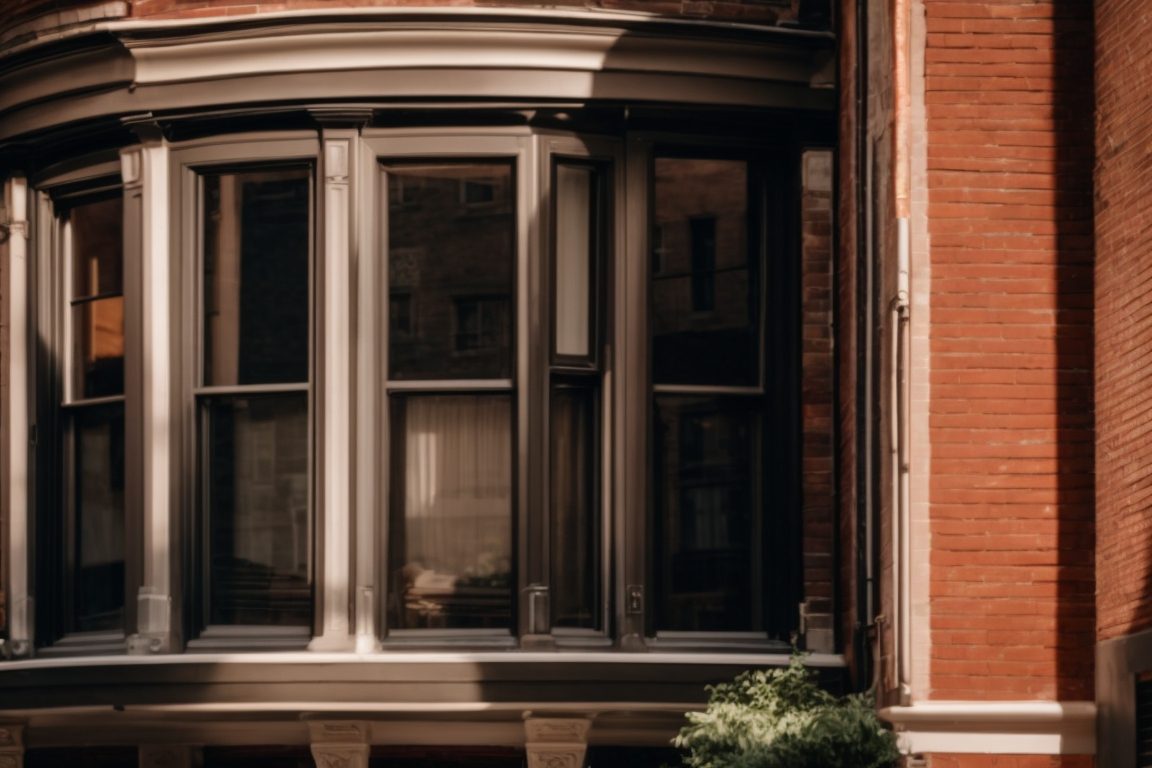
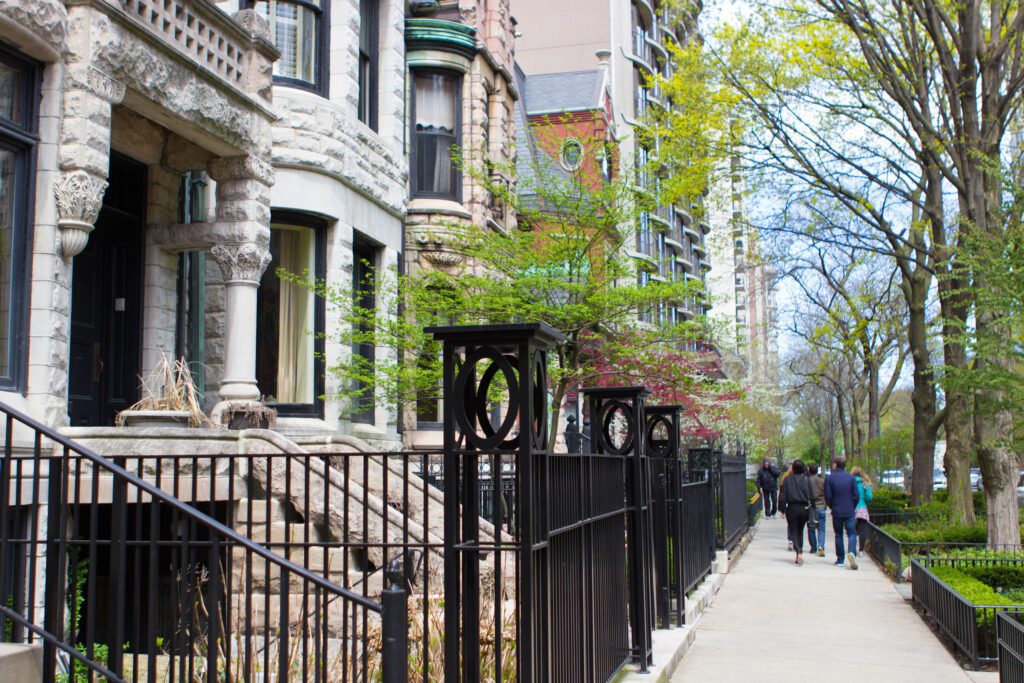
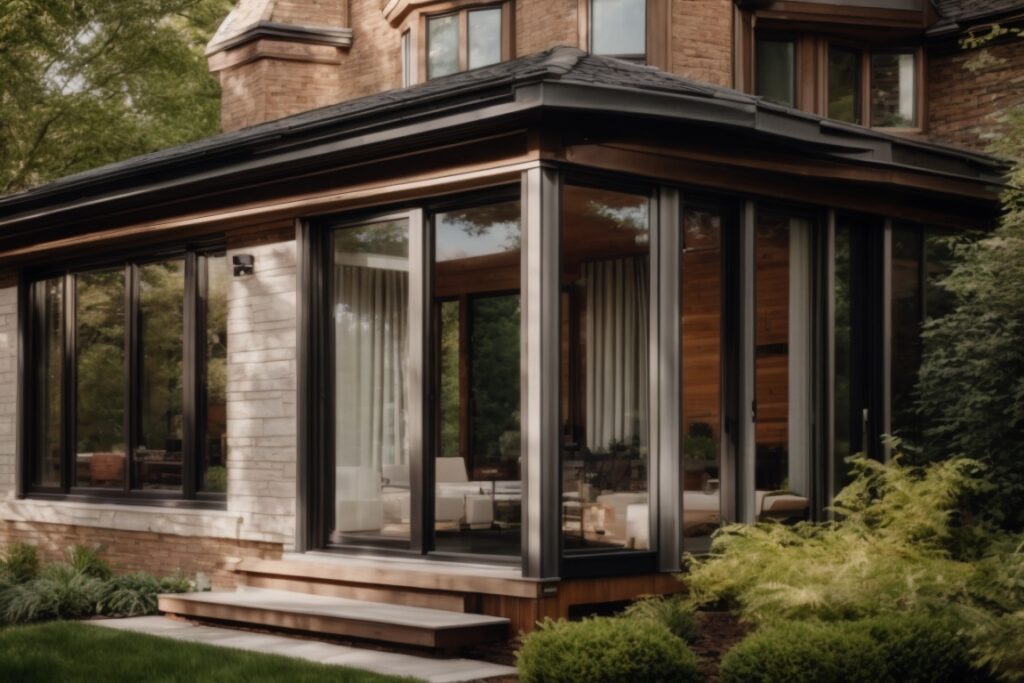
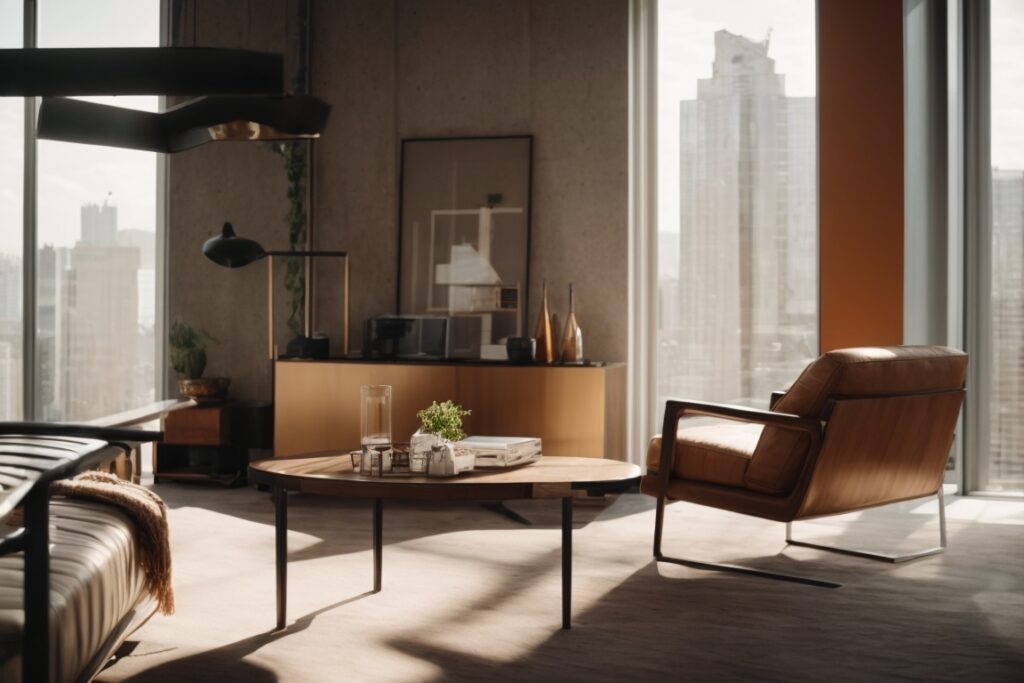
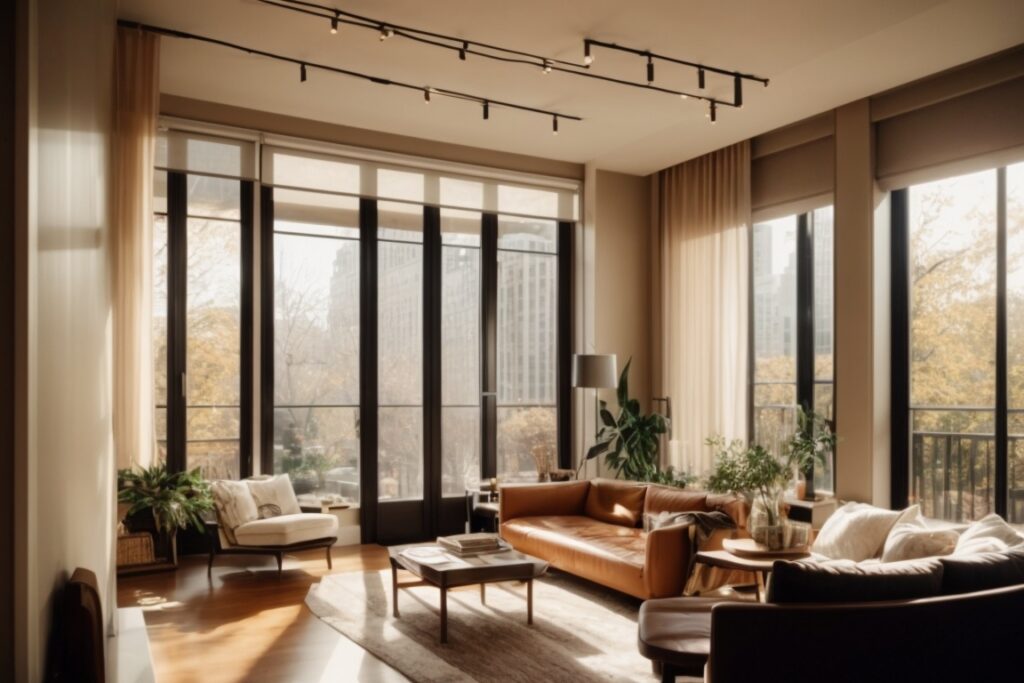
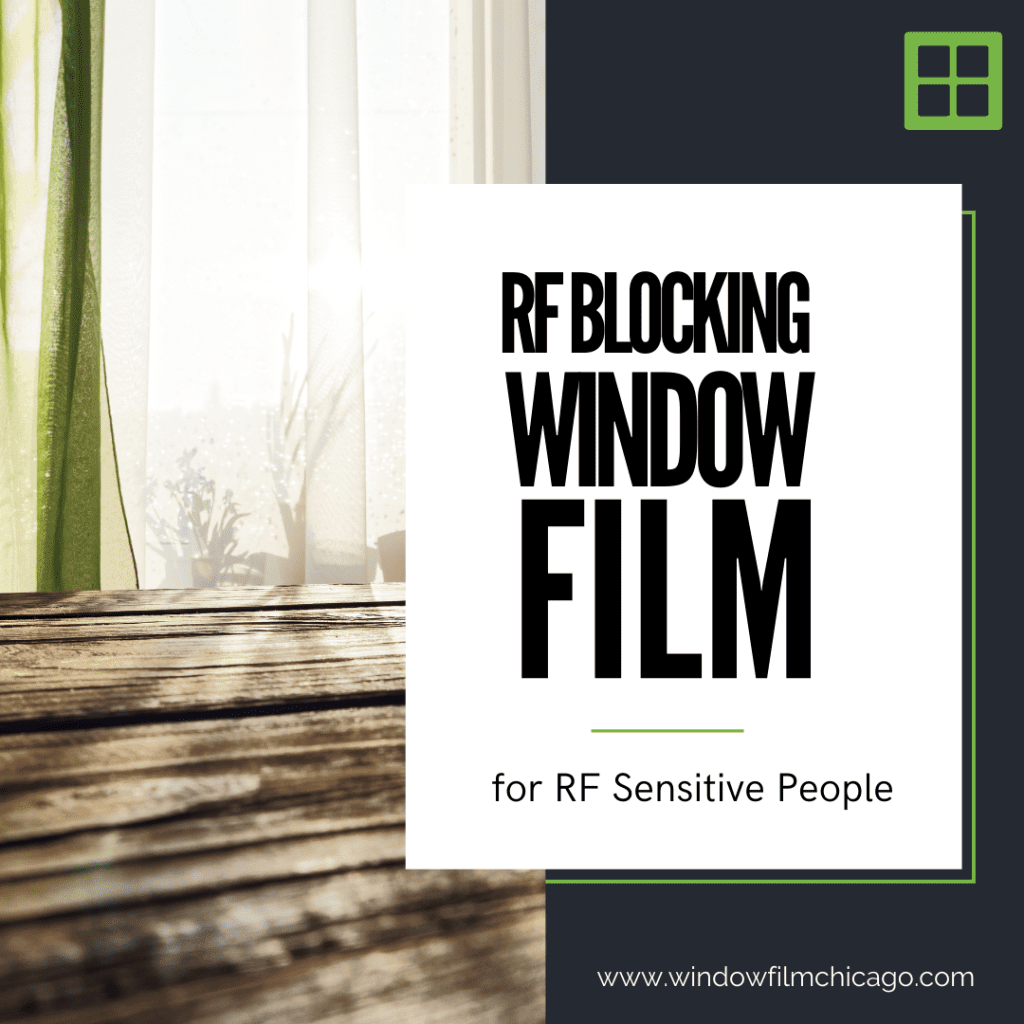
About The Author: Mike Kinsey
Mike Kinsey has more than a decade of experience installing window film in the Chicago area. His years of experience have allowed him to develop a deep familiarity with all of the different types and styles of window film on the market including the various security, privacy, decorative, and energy efficient options. Together, he and his team have completed hundreds of commercial and residential installs, totaling an accumulation of over 250,000 square feet. In addition to being an expert on top brands such as LLumar, C-Bond, HDClear, Solar Gard, Solyx, and Huper Optik, Mike is also certified by 3M, EnerLogic, and AIA for continuing education.
More posts by Mike Kinsey